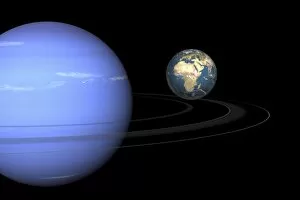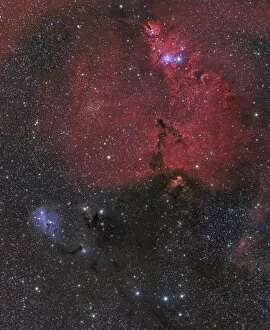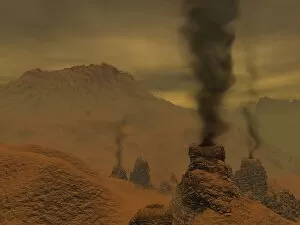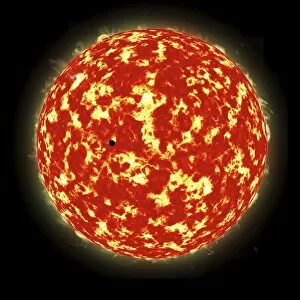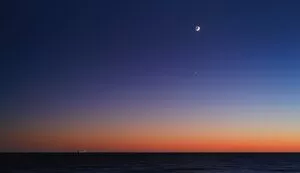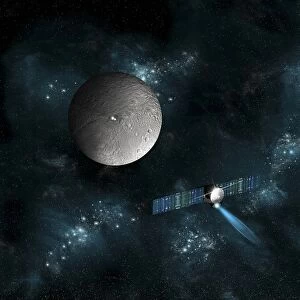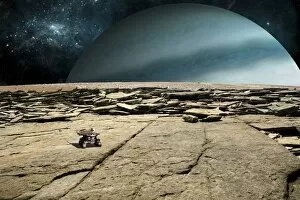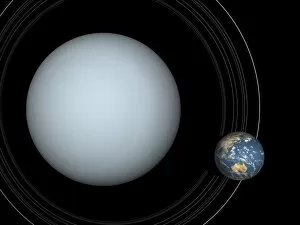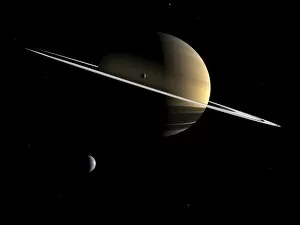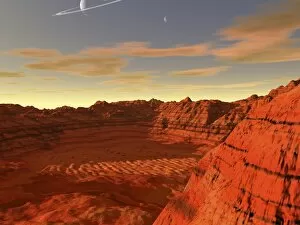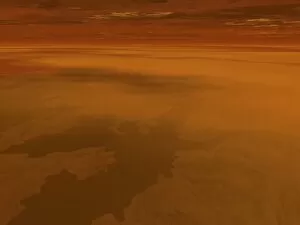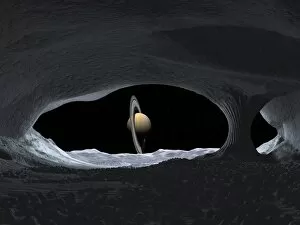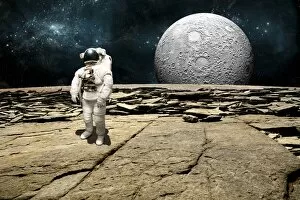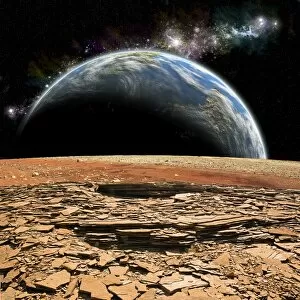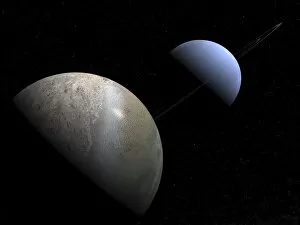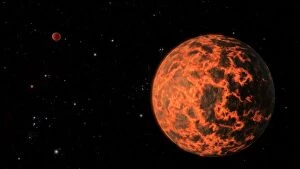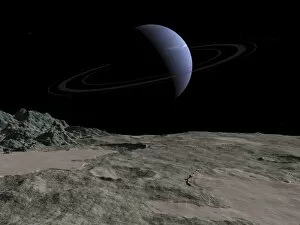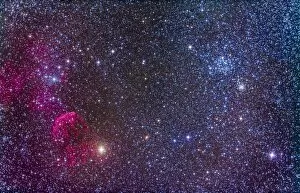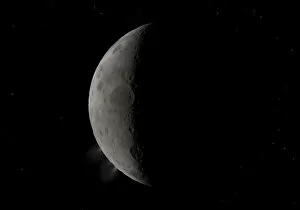Astronomical Objects Collection (#3)
"Exploring the Vastness of Space: A Glimpse into Astronomical Objects" Witnessing a celestial spectacle: A total eclipse of the Sun as seen from being in Earth's orbit
For sale as Licensed Images
Choose your image, Select your licence and Download the media
"Exploring the Vastness of Space: A Glimpse into Astronomical Objects" Witnessing a celestial spectacle: A total eclipse of the Sun as seen from being in Earth's orbit. Saturn and Earth to scale: An awe-inspiring illustration showcasing the grandeur of these two magnificent planets. Mysteries within Ganymede: Artists concept reveals an impact crater on Jupiter's moon, Ganymede, with Jupiter looming in the background. Neptune - The enigmatic blue giant: Dive into this artists' concept capturing the beauty and mystery surrounding planet Neptune. Earth's plea for sustainability: 3D rendering presents our precious planet surrounded by the iconic recycle symbol, urging us to protect it. Isolation amidst desolation: An astronaut surveys his situation on a barren and rocky moon, reminding us of both the challenges and wonders of space exploration. Exploring cosmic giants: Galaxy sizes compared to IC 1101, unveiling its colossal magnitude as the largest known galaxy we have discovered so far. Unveiling Uranus' secrets: Artists concept offers a glimpse into this unique ice giant planet that continues to captivate astronomers worldwide. Mars at sunrise - A breathtaking sight. Behold a spring sunrise over Mars' south pole, painting its surface with vibrant hues against a backdrop of endless possibilities. Scars etched in time: Heavily cratered highlands on Mars bear witness to its turbulent past while igniting curiosity about our neighboring red planet's history. Venus - Unveiling her true nature through artistry; artists concept showcases Venus' intriguing surface features that make it stand out among other planets in our solar system. Alien worlds beyond imagination.




